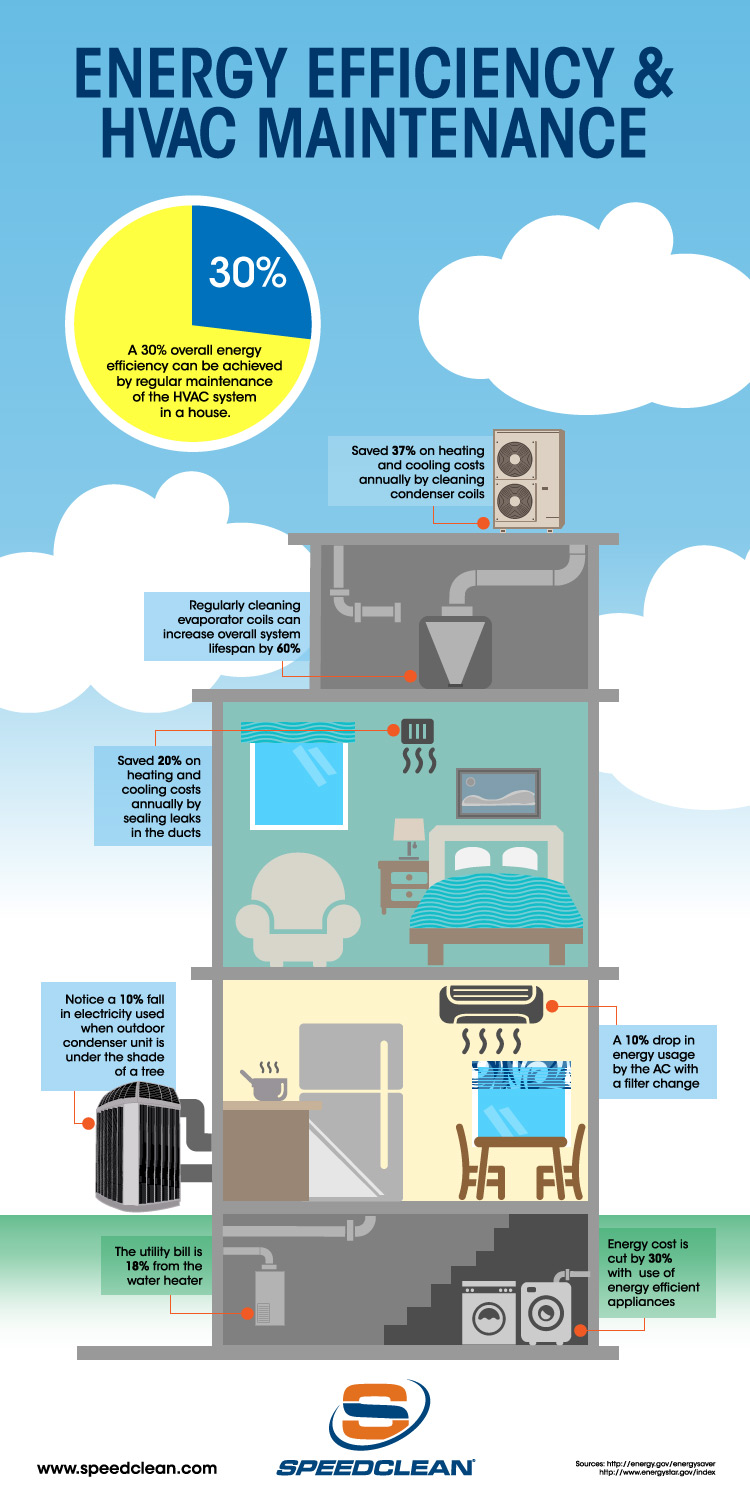The Future Of Home Home Heating - Just How Heatpump Innovation Is Developing
The Future Of Home Home Heating - Just How Heatpump Innovation Is Developing
Blog Article
Personnel Writer-Svensson Ringgaard
Heatpump will certainly be a vital modern technology for decarbonising home heating. In a scenario regular with governments' introduced energy and environment dedications, their worldwide capability doubles by 2030, while their share in home heating rises to one-quarter.
They function best in well-insulated homes and count on electrical energy, which can be provided from a renewable power grid. Technical developments are making them more reliable, smarter and cheaper.
Gas Cells
Heatpump utilize a compressor, refrigerant, coils and followers to relocate the air and warm in homes and appliances. They can be powered by solar power or power from the grid. They have actually been obtaining appeal due to their low cost, silent procedure and the ability to generate electricity throughout peak power need.
Some companies, like IdaTech and BG MicroGen, are servicing gas cells for home heating. These microgenerators can replace a gas central heating boiler and create several of a home's electrical demands with a connection to the electrical power grid for the rest.
Yet there are factors to be doubtful of using hydrogen for home heating, Rosenow states. It would be costly and ineffective compared to various other innovations, and it would certainly include in carbon emissions.
Smart and Connected Technologies
Smart home modern technology permits homeowners to link and control their tools from another location with using smart device apps. As an example, clever thermostats can learn your heating preferences and immediately adjust to enhance energy intake. Smart lights systems can be controlled with voice commands and immediately turn off lights when you leave the area, reducing power waste. And smart plugs can monitor and manage your electric usage, enabling you to determine and restrict energy-hungry home appliances.
The tech-savvy family illustrated in Carina's meeting is a good image of just how residents reconfigure area home heating practices in the light of brand-new smart home innovations. They rely on the gadgets' automatic functions to execute everyday modifications and concern them as a practical methods of performing their home heating practices. As such, they see no factor to adapt their practices even more in order to enable versatility in their home power demand, and interventions targeting at doing so might face resistance from these houses.
Electrical power
Because heating up homes make up 13% of US emissions, a button to cleaner choices can make a big difference. Yet the technology deals with difficulties: It's expensive and calls for comprehensive home improvements. And it's not constantly compatible with renewable energy resources, such as solar and wind.
Until recently, electric heatpump were as well pricey to compete with gas models in many markets. Yet brand-new technologies in layout and materials are making them much more economical. And better chilly climate efficiency is allowing them to operate well even in subzero temperature levels.
The following step in decarbonising heating might be the use of heat networks, which attract heat from a main resource, such as a close-by river or sea inlet, and distribute it to a network of homes or buildings. That would certainly lower carbon discharges and enable families to take advantage of renewable energy, such as environment-friendly electricity from a grid provided by renewables. This choice would be much less pricey than switching over to hydrogen, a nonrenewable fuel source that needs brand-new infrastructure and would just decrease CO2 discharges by 5 percent if coupled with enhanced home insulation.
Renewable Energy
As electrical power prices drop, we're beginning to see the same trend in home heating that has actually driven electric autos into the mainstream-- but at an even much faster rate. The strong environment instance for impressive homes has been pushed additionally by brand-new research study.
https://www.michigan.gov/mdhhs/news/2022/06/14/heat-safety make up a significant share of modern heat consumption, but have been offered limited policy focus globally contrasted to other end-use markets-- and even much less focus than power has. In part, this mirrors a mix of consumer inertia, split incentives and, in many nations, subsidies for nonrenewable fuel sources.
New innovations might make the shift simpler. For instance, heat pumps can be made more energy effective by changing old R-22 cooling agents with new ones that do not have the high GWPs of their predecessors. see this visualize area systems that draw warmth from a nearby river or sea inlet, like a Norwegian arm. The warm water can then be used for heating & cooling in a neighborhood.